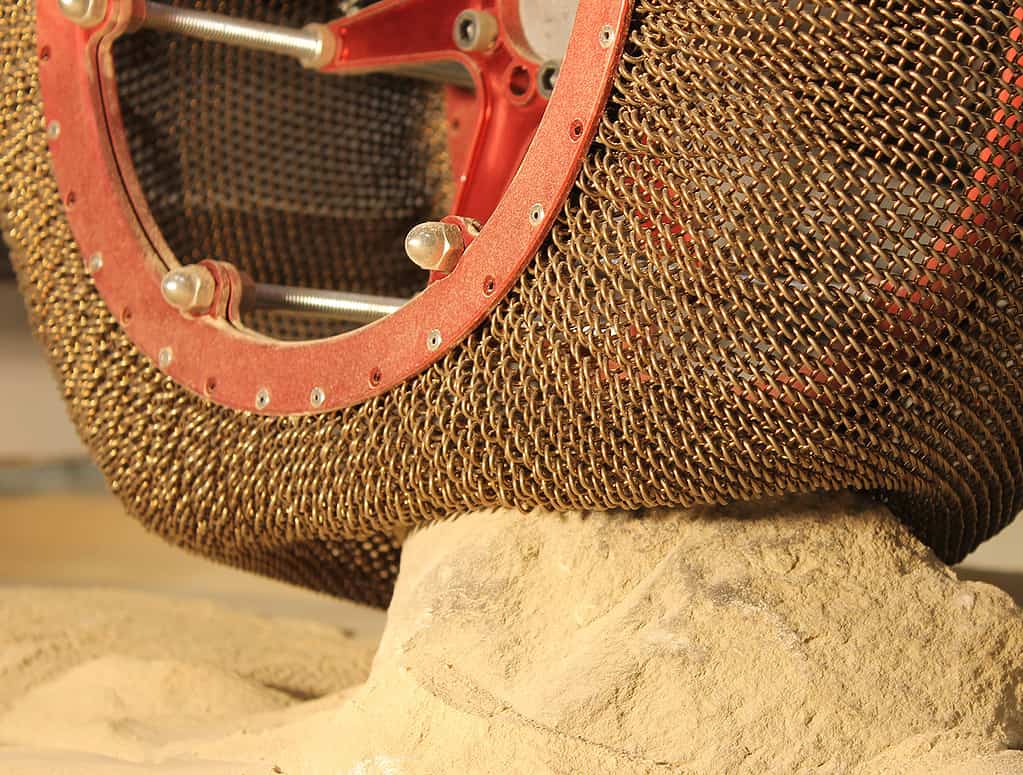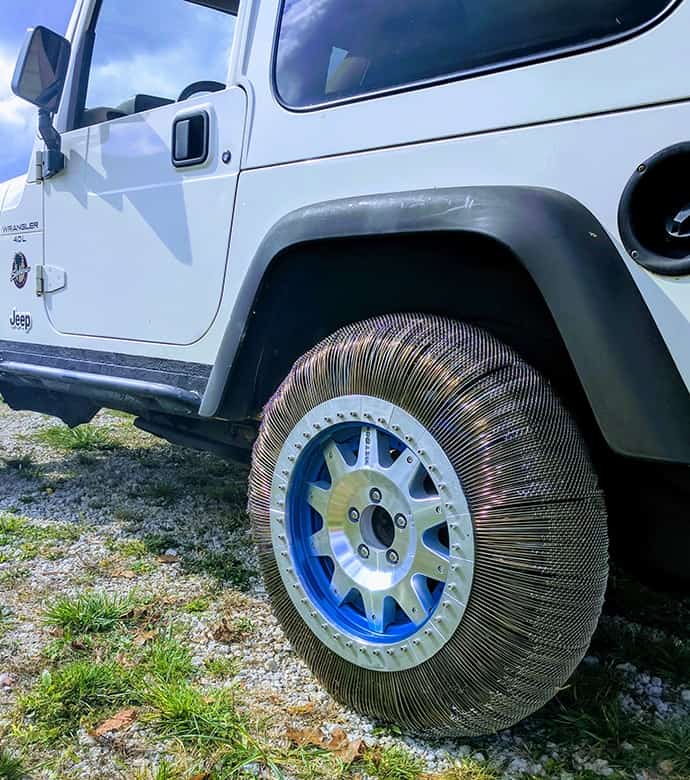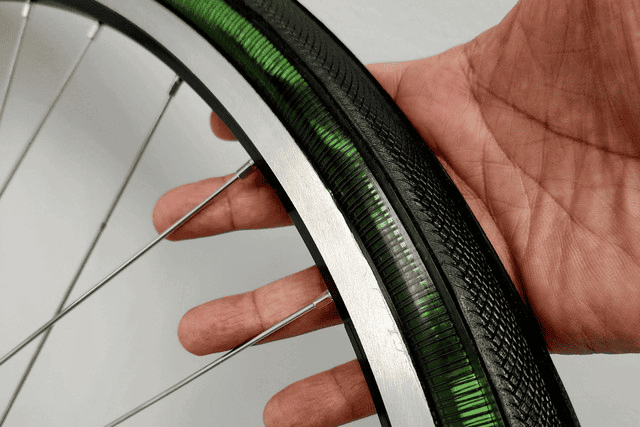
It’s hard to fix a flat tire on Mars or the Moon. In fact, it’s almost impossible. So, when NASA sends out a rover or any sort of wheeled explorer, it needs to make sure there are no accidents. This is where innovations like the Superelastic Tire can help.
The Superelastic Tire was developed by NASA for future Moon and Mars missions — but as the space agency points out, it’s a viable alternative to pneumatic tires here on Earth.
“The novel use of shape memory alloys capable of undergoing high strain as load-bearing components, instead of typical elastic materials, results in a tire that can withstand excessive deformation without permanent damage,” says NASA.
This is essentially a non-pneumatic tire that utilizes shape memory alloys, primarily Nickel-Titanium (NiTi) and its derivatives, as its main load-bearing components. The result is a tire that is capable of enduring way more strain than your average tire without it ever puncturing.
Using shape memory alloy as radial stiffening elements can also increase the load-carrying capacity of the tire. The Superelastic Tire offers traction equal or superior to conventional pneumatic tires and eliminates both the possibility of puncture failures and running “under-inflated”, thereby improving automobile fuel efficiency and safety. Also, this tire design does not require an inner frame which both simplifies and lightens the tire/wheel assembly.
Commonly used rubber tires are capable of withstanding strain in the order of 0.3-0.5% before yielding. This tire can withstand strains of up to 10% and then revert to the initial shape. Moreover, the tire uses shape memory alloys in the design — which essentially reverts to the initial shape after deformation. This feature provides greater flexibility in the tire’s design and can be tailored to specific needs.


So, you end up with a tire that doesn’t puncture and can withstand a lot of deformation. You can configure it for traction on various terrain, including extreme terrain, and you don’t even need air for it — nor do you need an inner frame. It’s not hard to see how this could be useful here on Earth as well. With that in mind, one company launched a Kickstarter to commercialize these tires. Yes, you can get these wheels for your car or even your bike. They don’t work for all brands, but a few can already incorporate them.
This isn’t the first time NASA has inspired a new generation of tires.
The Metl tire, another NASA innovation in tire technology, incorporates a unique component at its core: a spring reminiscent of a Slinky, encircling the entire tire. This spring is crafted from an innovative nickel-titanium alloy called NiTinol. NiTinol is remarkable for its combination of properties — it has strength like titanium and elasticity akin to rubber.


NASA’s technological advancements have often found their way into our daily lives, leading to various inventions and improvements in a wide range of fields. One of the most well-known examples is memory foam, originally developed to enhance the safety of aircraft cushions. This material, known for its energy absorption and comfort, has since been widely adopted in mattresses, pillows, and even in medical equipment like prosthetics and wheelchairs. The scratch-resistant lenses commonly used in eyeglasses and sunglasses also owe their development to NASA. The agency’s need for astronaut helmet visors that were both durable and resistant to scratches led to the creation of a special coating.
The journey of NASA’s innovations from space exploration to Earthly applications highlights a crucial aspect of space research: it’s not just about conquering the final frontier, but also about the unexpected and transformative technologies that emerge along the way.
